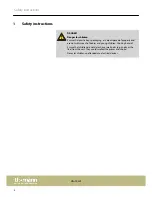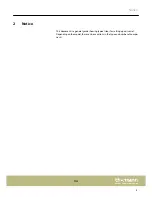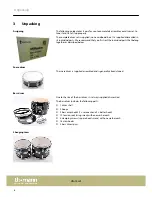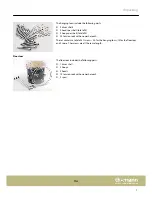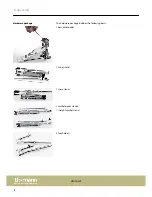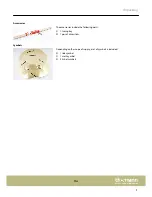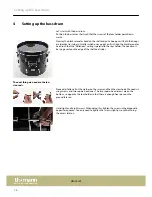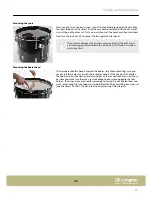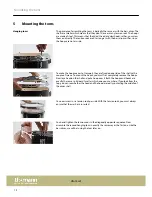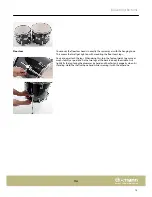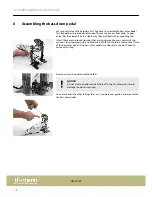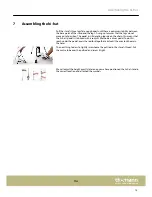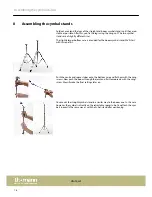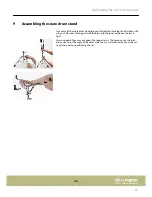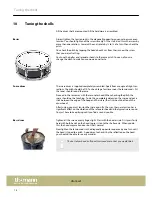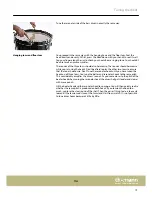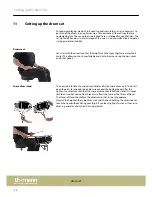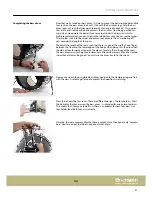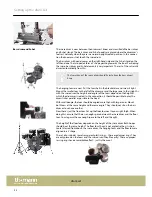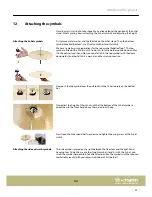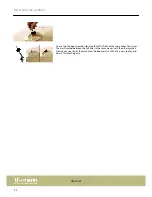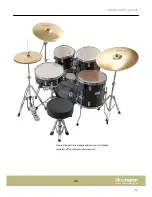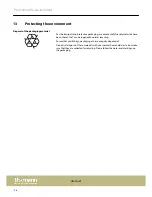
10
Tuning the shells
All the drum shells are mounted. All the hardware is assembled.
Always tighten the tension rods in the diagonally opposite sequence to ensure even
tension. You should tighten all the screws evenly. At the start, don't turn the screw by
more than one rotation – towards the end, rotate by ¼ to
⅛
of a turn. Then check the
pitch.
You check the pitch by tapping the head about 3 cm from the rim near the screw
that you are just setting.
You tune the batter and resonator heads to the same pitch. You can, of course,
change the pitch to match your own personal taste.
The snare drum is supplied completely assembled. Apart from a couple of slight cor‐
rections, the pitch should be OK. To check, tap a few times near the tension rods. All
the tones should sound the same.
Proceed in the same way with the resonator head. When checking the pitch, the
snare should not be touching. To do this, completely detension the snare and put a
stick between the edge of the hoop and the snare (the stick should not touch the
drum head).
After tuning, you must tension the snare again. By the way, the snare tension has a
significant effect on the vibration of the resonator head and the typical snare sound.
You just have to keep trying until you find a sound you like.
Tighten all the screws evenly finger-tight. Start with the beater side. First press fairly
hard with both hands on the head to press it on to the shell evenly. When you do
this, the head may make noises but that's normal.
Now tighten the tension rods in the diagonally opposite sequence by one turn until
the head is tuned to a pitch. A good way to check is by the reflection on the head:
you shouldn't be able to see any wrinkles.
The bass drum head is often not tensioned as much as you would think.
Basics
Snare drum
Bass drum
Tuning the shells
drum set
18

